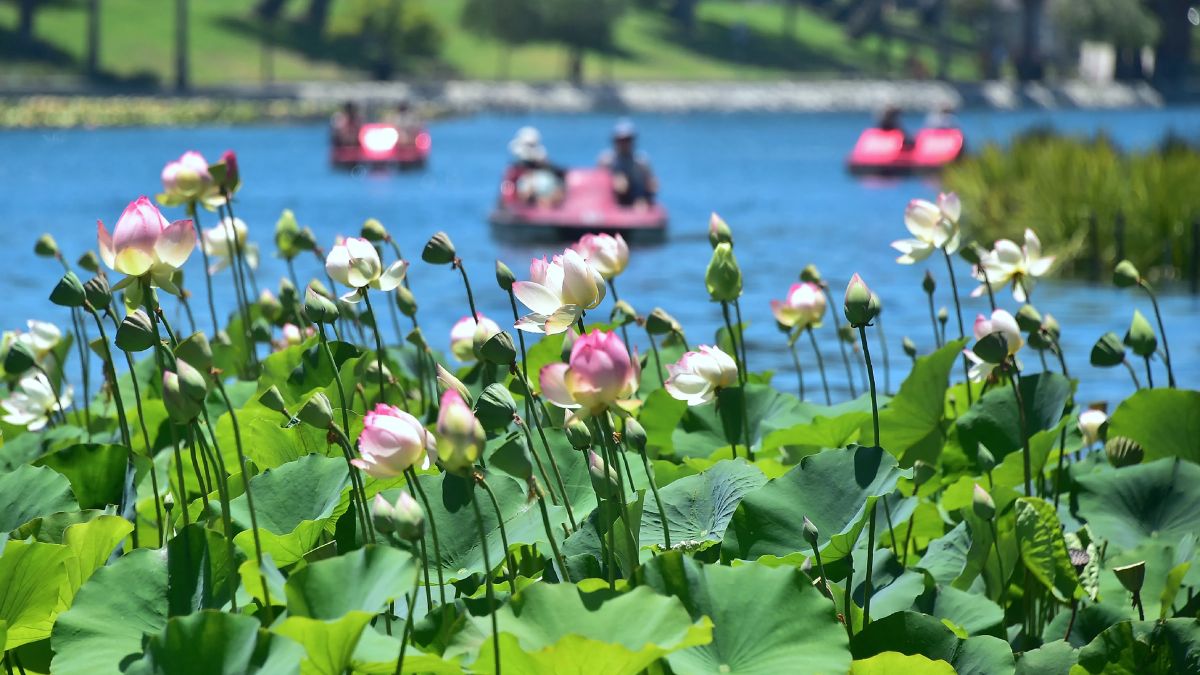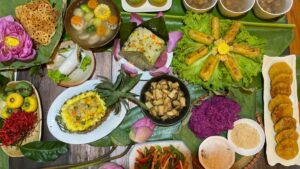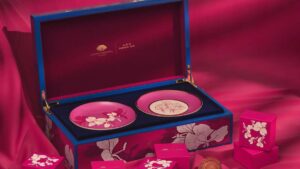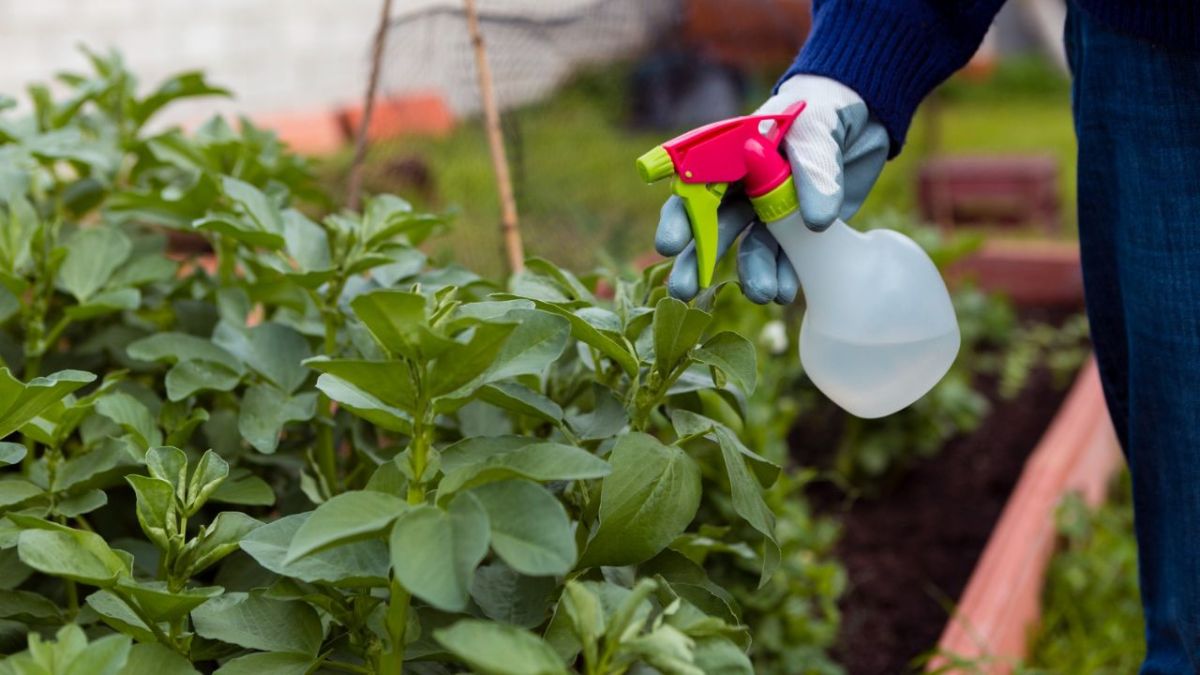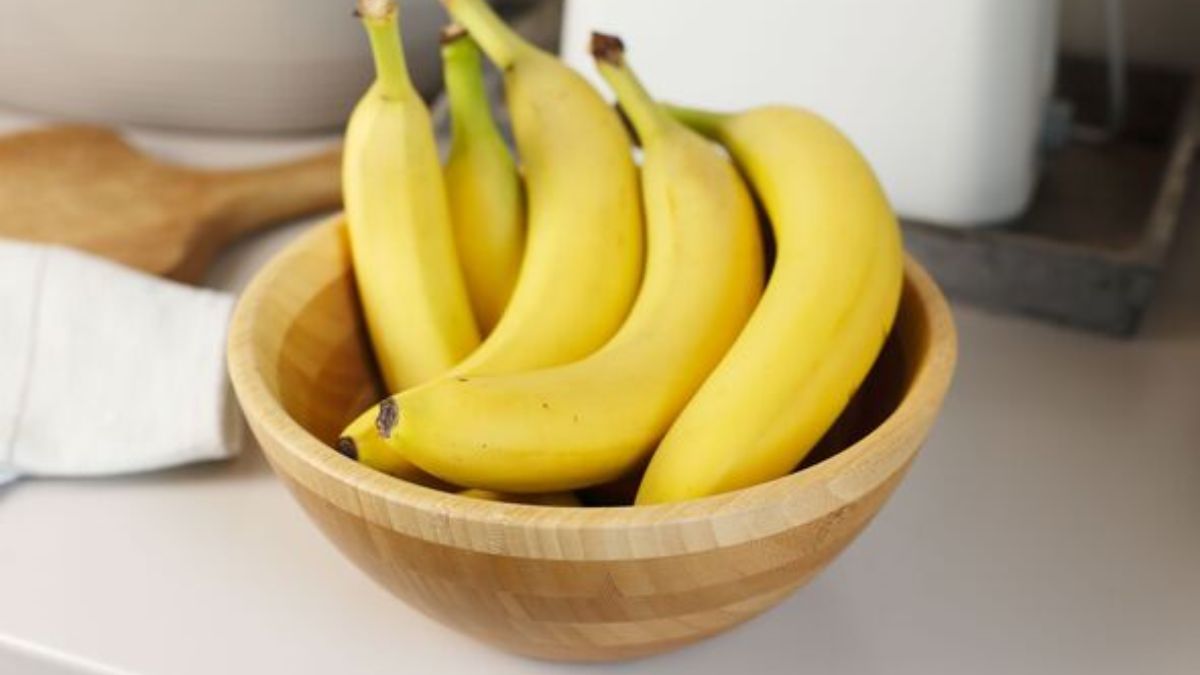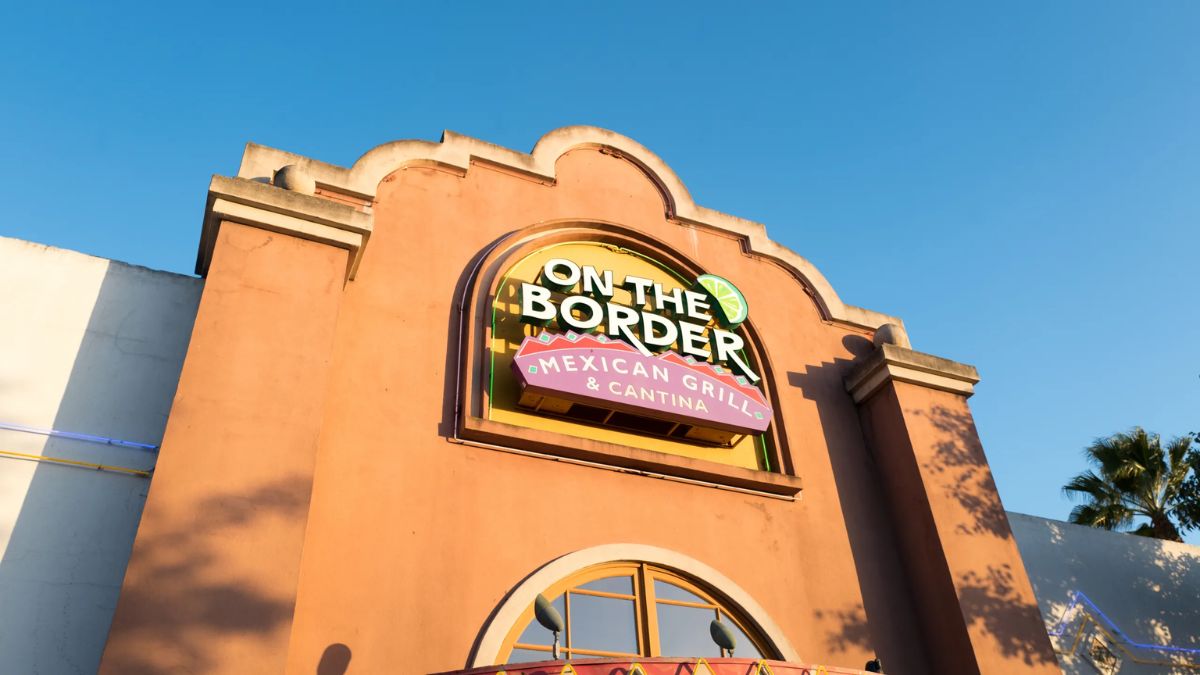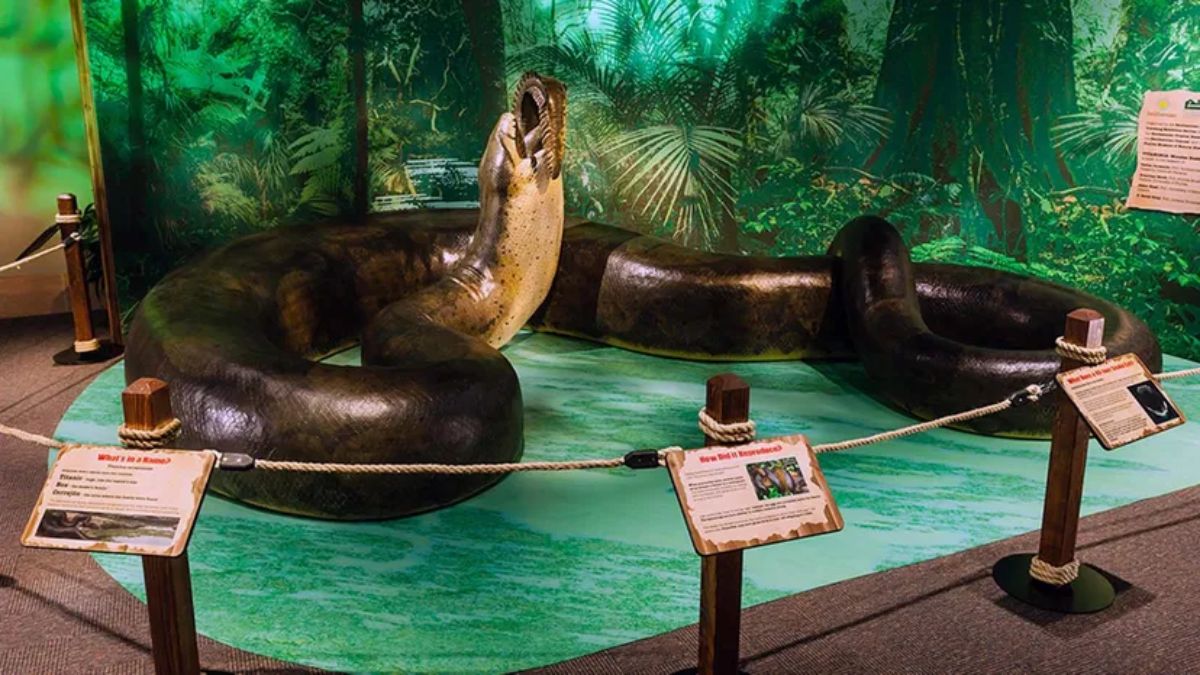Walk through the Lotus Festival in Echo Park, and you’ll find more than just performances and dragon boat races. The exhibit booths are a major highlight, buzzing with color, culture, and conversations.
Table of Contents
These booths are more than just tents—they’re little hubs of pride, representing the heart and soul of the communities that built the festival from the ground up. Whether you’re sampling food, buying crafts, or learning something new, each booth tells a story of heritage, passion, and unity.
Let’s look into some of the booths that truly capture the essence of community pride at the Lotus Festival.
Cultural
Cultural booths are like time machines. Each one is dedicated to a specific Asian or Pacific Islander culture, often themed around the year’s host country. Step inside, and you might find traditional artifacts, colorful displays, and community members ready to share stories and history.
These booths often include hands-on activities like calligraphy, origami, lei-making, or henna art. It’s an interactive way to learn about customs, languages, and traditions that you might not come across in your everyday life. It’s this kind of up-close cultural exchange that makes the festival feel personal and powerful.
Artisans
Handmade goods are a staple at the festival. Artisan booths showcase handcrafted jewelry, textiles, pottery, and artwork that often reflect cultural roots or personal stories. Many of these vendors are local creators, small businesses, or first-generation immigrants using art to connect with their heritage.
Whether it’s a hand-carved wooden statue from Indonesia or beaded earrings made using traditional Native Hawaiian patterns, every piece has a meaning. Buying from these booths not only supports artists but also celebrates their identity and craft.
Food
Food is one of the best (and most delicious) ways to experience culture. The food booths at the Lotus Festival are packed with authentic dishes from across Asia and the Pacific Islands. You can hop from Thai curry to Korean BBQ, then snack on Filipino lumpia or Vietnamese spring rolls—all in one stroll.
Beyond the bites, many food vendors are family-run, passing down recipes and cooking methods through generations. Serving their food to the community is a point of pride, and festivalgoers get to experience that love and tradition with every bite.
Nonprofit
The nonprofit booths are where the community’s heart really shines. These spaces are run by local organizations offering everything from health resources and education to voter registration and social justice advocacy.
You’ll find groups focused on youth leadership, immigrant support, environmental activism, and cultural preservation. Many of them use the festival as a way to reach new people, raise awareness, and build stronger connections in the neighborhood.
Wellness
Wellness booths are a newer but growing part of the festival. These booths offer services and information about physical, mental, and spiritual health, often through a cultural lens. You might find tai chi demos, herbal medicine experts, or mental health resources tailored to API communities.
In a world that often overlooks the unique needs of these communities, these booths provide both education and healing. It’s a space where cultural practices meet modern self-care.
Youth
Community pride also shows up in the youth booths. These areas often feature student art, cultural projects from local schools, and youth-led initiatives. It’s a reminder that the next generation is not only learning about their heritage—they’re shaping how it’s celebrated.
Some youth groups perform live, sell handmade crafts, or lead workshops. Their energy and passion give the festival a future-focused vibe, proving that culture isn’t stuck in the past—it’s constantly evolving.
Interactive
Finally, there are booths that bring the fun. Think photo booths with traditional dress, language learning games, live art demos, or even martial arts classes. These interactive exhibits make the festival engaging for all ages and offer moments of connection between strangers.
They may not all have the deep history of some cultural booths, but they reflect a shared joy and curiosity. And that’s what community pride is all about—coming together, learning from one another, and celebrating what makes each culture unique.
FAQs
What types of booths are at the festival?
Cultural, artisan, food, nonprofit, wellness, youth, and interactive.
Are the food booths authentic?
Yes, most serve traditional dishes from family-run vendors.
Do booths support local artists?
Yes, artisan booths feature work by local and cultural artists.
Are there booths for kids?
Yes, youth booths often include art and fun cultural activities.
Can I learn at the booths?
Absolutely. Many offer hands-on cultural and educational experiences.

